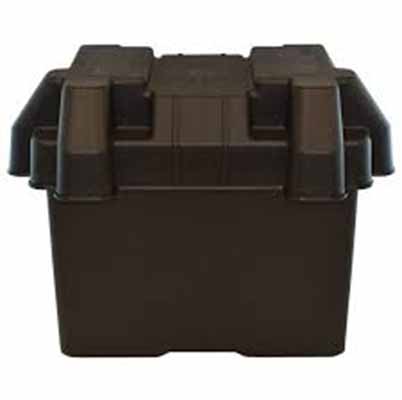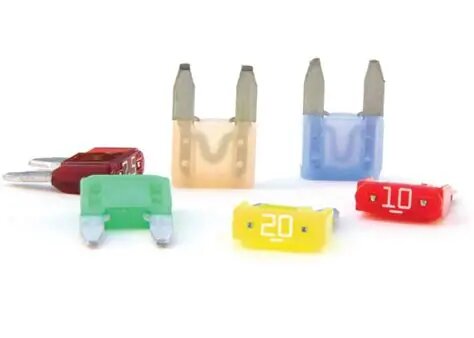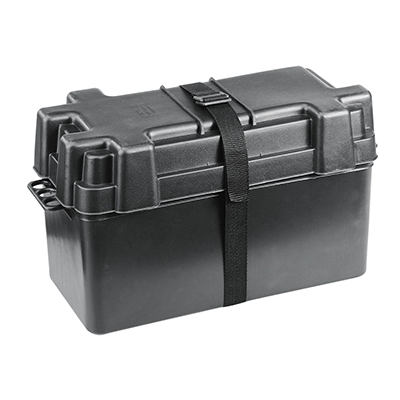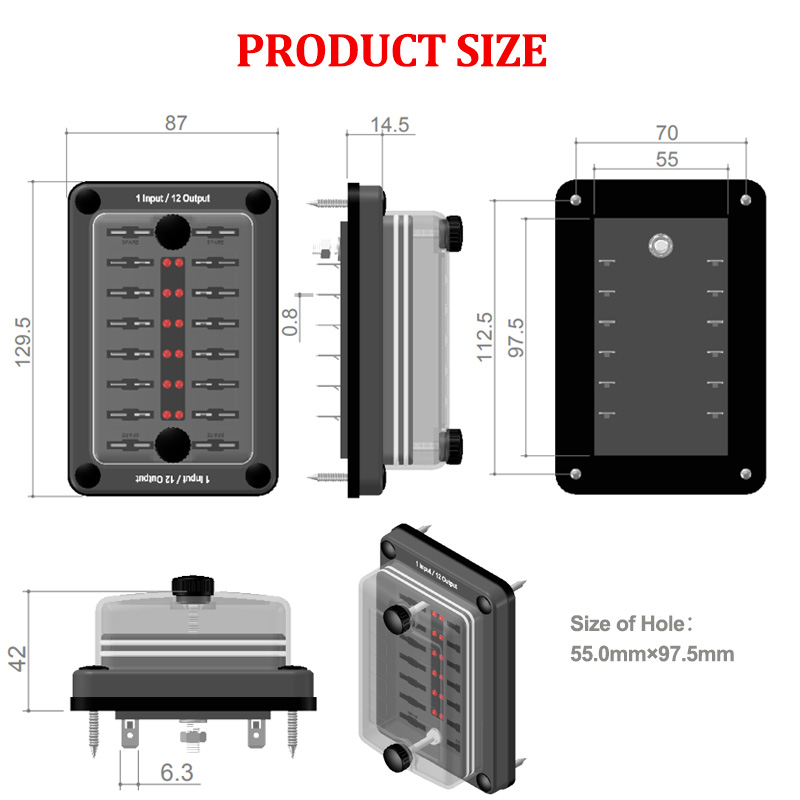Optimized Battery Enclosures for Advanced BMS Integration in Hybrid Electric Vehicles
News 2025-10-20
The integration of battery management systems (BMS) in hybrid electric vehicles is essential for enhancing efficiency, safety, and durability. Hybrid cars combine internal combustion engines with electric propulsion, relying on sophisticated battery systems to manage energy flow. A critical element is the battery box, which not only protects the battery pack but also ensures seamless BMS connectivity. This setup allows for real-time monitoring of voltage, temperature, and charge levels, optimizing performance in various driving conditions and contributing to reduced emissions and extended vehicle range.

Key Applications in Hybrid Systems
Hybrid vehicles utilize battery boxes in diverse scenarios, such as plug-in hybrids where high-capacity batteries require robust enclosures for daily commutes and long-distance travel. In mild hybrid configurations, these boxes support start-stop systems and regenerative braking, improving fuel economy by up to 20%. They are also vital in electric-only modes, where the BMS integration helps maintain consistent power delivery, making battery boxes indispensable for urban driving and highway performance.
Performance Benefits of Integrated Designs
Battery boxes with BMS integration offer significant advantages, including superior thermal regulation that prevents overheating and extends battery lifespan by reducing degradation. Lightweight materials and compact designs minimize vehicle weight, enhancing acceleration and handling while boosting overall energy efficiency. Furthermore, advanced integration enables precise fault detection, ensuring reliable operation and compliance with stringent automotive standards, which translates to lower maintenance costs and improved user satisfaction in hybrid applications.
Material and Engineering Innovations
Modern battery boxes employ high-strength composites and aluminum alloys to withstand vibrations, impacts, and environmental exposure. Engineered features like embedded cooling channels and modular connectors simplify BMS installation, allowing for customizable solutions tailored to specific hybrid models. These innovations not only enhance electromagnetic compatibility but also support scalability for future upgrades, ensuring long-term adaptability in the evolving hybrid vehicle market.
Common Questions on Battery Box Integration
1. What role does a battery box play in hybrid vehicles?
It protects the battery and facilitates BMS connections for monitoring and control.
2. How does BMS integration improve hybrid car performance?
It optimizes energy use, enhances safety, and increases efficiency through real-time data analysis.
3. What materials are typically used in battery boxes?
Lightweight, durable materials like aluminum and composites to ensure protection and heat management.


